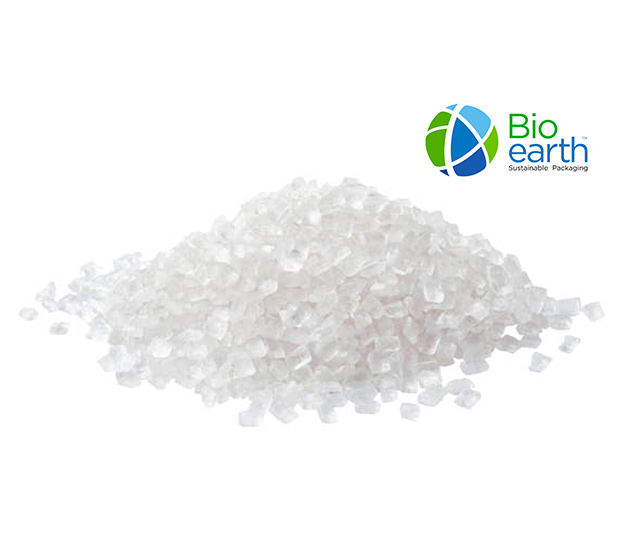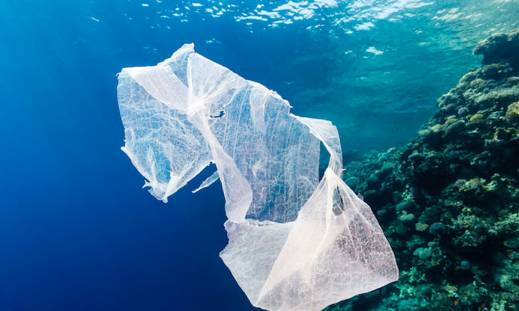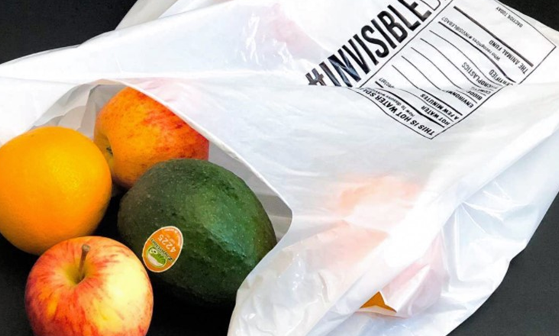What Is PVA?
Sustainable Packaging Materials
PVA, or polyvinyl alcohol, is a type of eco-friendly and biodegradable packaging material that is increasingly being used as an alternative to traditional polymers like polyethylene or polypropylene. PVA offers superior tear and puncture resistance, as well as oil, grease, and solvent resistance. Its main advantage is that it breaks down easily into CO2 and water once exposed to water, reducing the amount of waste produced by packaging. PVA is commonly used in single-use detergent pods, where it offers an efficient solution for packaging products in specific sub-quantities. As demand for sustainable packaging grows, it is expected that the use of PVA films in packaging will continue to increase.

What applications are there for PVA
PVA is currently being used as an alternative to traditional packaging products made from polymers such as polyethylene or polypropylene. As more and more companies are looking for more eco friendly and sustainable forms of packaging PVA is an excellent option that offers greater strength than traditional polymers while at the same time boasting of easier and more ecological disposal. One common use for PVA is detergent pods that are used in both dishwashers and clothes washing machines. As it breaks down easily when xposed to water without any dangerous residue PVA has been the number one choice for companies looking for an efficient solution to package their products in specific sub quantities. This makes it convenient for their customers to access exactly the right amount while also protecting their detergent inside of the pod.
What is PVA used for
PVA is an excellent choice for single use packaging that will quickly and easily break down into CO2 and water once exposed to water. When used as flexible packaging it offers excellent tear and puncture resistance even beyond that of traditional polymers of the same gauge. Companies looking to reduce the amount of waste produced by their packaging will find an excellent ally in PVA.
What problems does PVA solve?
The main problem which PVA solves is reducing the amount of trash produced from packaging. As it is able to break down easily into the environment it reduces the harm done when packaging is not disposed of correctly and ends up in landfills, the ocean, or on streets. Outside of packaging when PVA is used as the outer layer of pre portioned detergents it is useful for carrying an exact amount of product in each packet. This makes it easier for a customer to know exactly how many uses they will get out of a product.

Advantages of PVA
Ecologically friendly material which breaks down easily
Superior tear and puncture resistance to traditional polymers of the same gauge
Oil, grease, and solvent resistance
Good air impermeability and low toxicity
Disadvantages of PVA
High water solubility
Low recyclability
Because of the water solubility it is not always apt as a material to protect items from environmental conditions
More expensive than conventional packaging materials

Predicted growth of the use of PVA films in packaging
As demand grows for packaging to be more sustainable and ecologically friendly it is expected that sales of PVA as a packaging material will continue to grow. We expect to see the price of PVA come down as demand increases and production becomes more efficient. All of the positive characteristics of PVA make it a good candidate to replace certain types of packaging which have a more difficult time being introduced into a sustainable waste stream.


